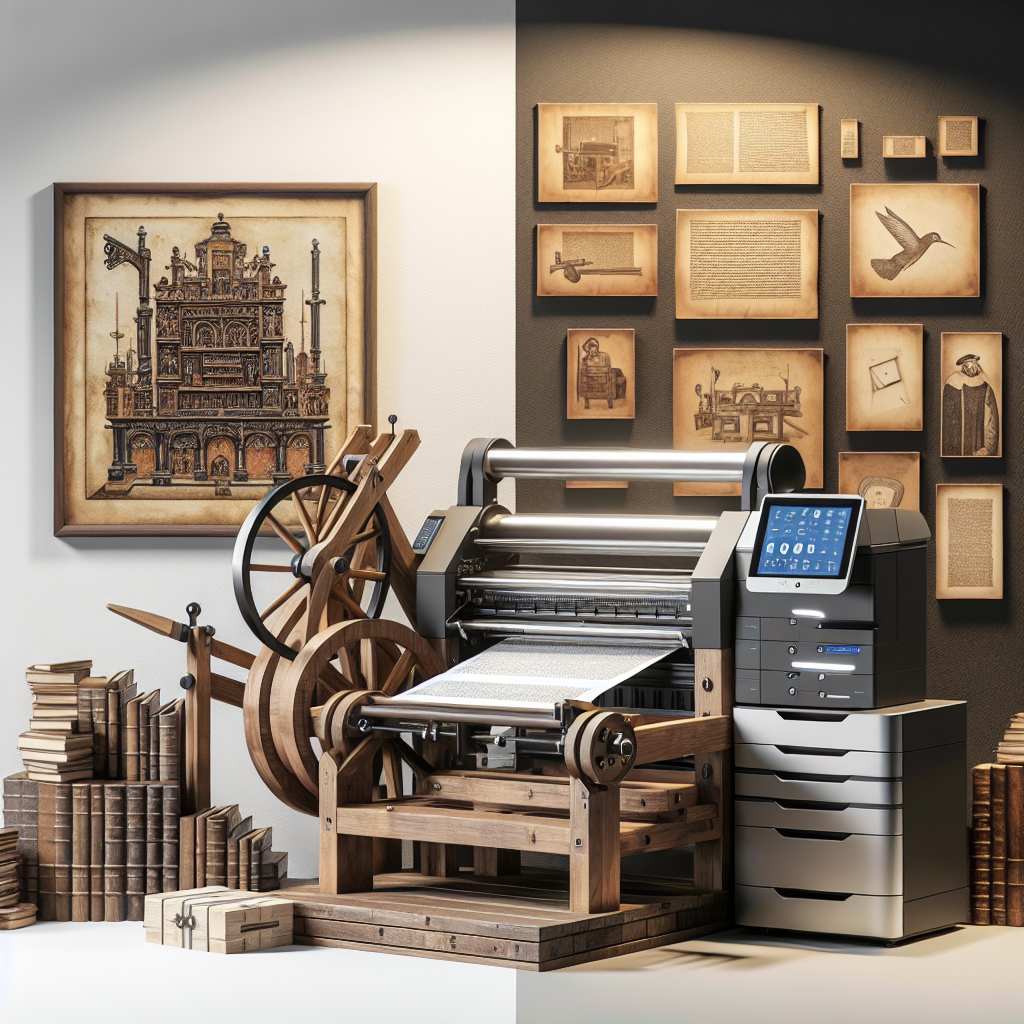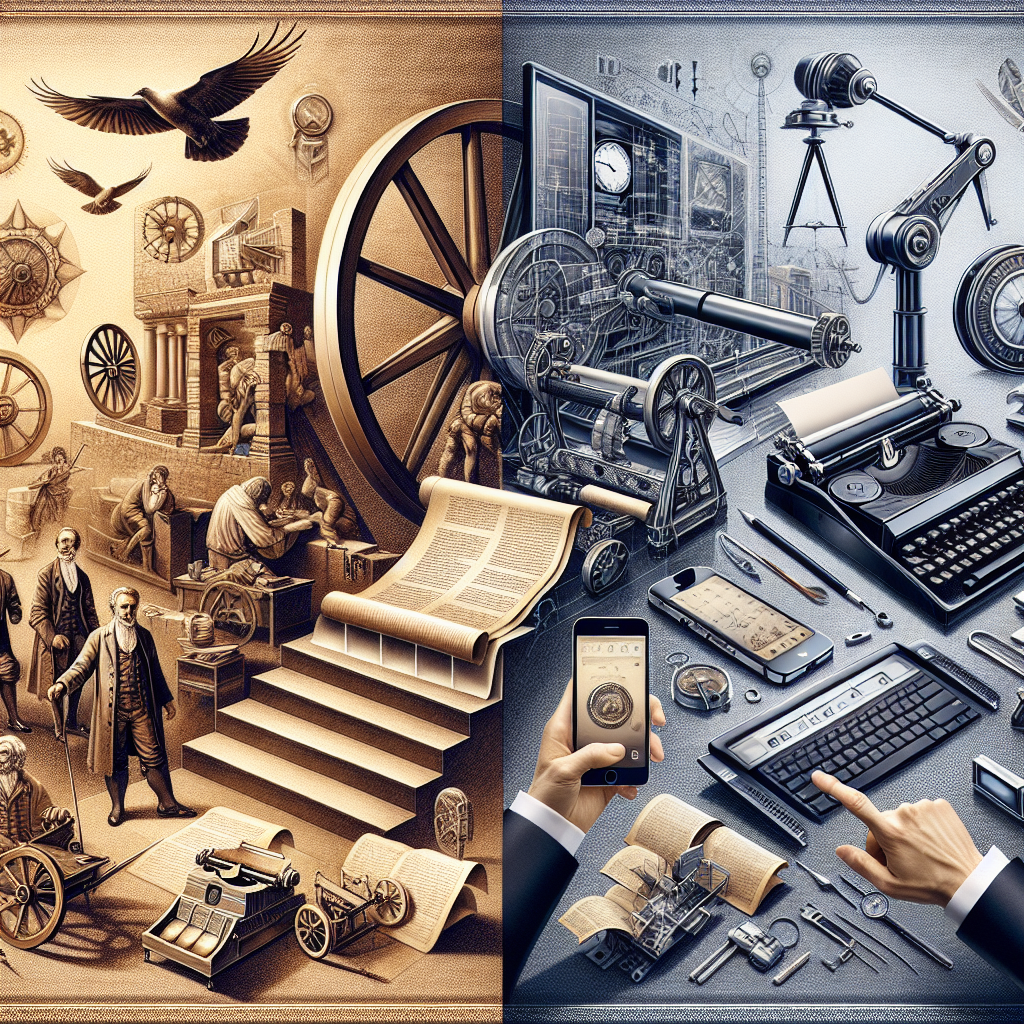From the wheel to the internet, ancient innovations shape modern tech in profound ways. The technology we use today is built on the foundations laid by our ancestors. Understanding this connection not only highlights the ingenuity of ancient civilizations but also underscores the continuity of human creativity.
Significant Ancient Innovations
Many ancient innovations laid the groundwork for modern technology. For instance, the invention of the wheel around 3500 BC revolutionized transportation and machinery. This simple yet effective device enabled trade and commerce, fostering economic growth that would eventually lead to the development of complex societies.
Similarly, the printing press, invented by Johannes Gutenberg in the 15th century, transformed the way information was disseminated. It democratized knowledge, allowing ideas to spread rapidly, which is akin to how the internet operates today. Just as the printing press facilitated the Renaissance, modern technology continues to drive cultural and intellectual advancements.


Bridging the Gap Between Eras
Another crucial innovation is the compass, developed by the Chinese in the 11th century. This invention made navigation across vast oceans possible, which opened up global trade routes and exploration. Today, GPS technology continues this legacy, allowing us to navigate with precision and ease.
Furthermore, ancient innovations shape modern tech in ways we often overlook. The concept of algorithms, dating back to ancient Babylonian mathematics, is the backbone of modern computing. Today’s software and applications rely heavily on algorithms to function efficiently, showcasing how ancient mathematical principles remain relevant.
Lessons for the Future
As we reflect on how ancient innovations shape modern tech, it’s crucial to recognize that these inventions were not merely technical feats; they were responses to human needs and challenges. For instance, the development of agriculture allowed societies to settle, leading to the rise of cities and complex social structures. This adaptability continues to inspire modern innovation, as we face challenges like climate change and technological advancements.
Moreover, we should consider the ethical implications of our technological advancements. Ancient civilizations often faced dilemmas regarding their innovations, and understanding their choices can provide valuable lessons for today’s tech developers. To explore more about the influence of ancient inventions, you might want to read this article on the invention of the wheel or this insightful piece on the printing press.
In conclusion, the legacy of ancient innovations is woven into the fabric of modern technology. By recognizing and appreciating this connection, we can foster a deeper understanding of our technological landscape and inspire future innovations. Embracing the wisdom of the past will undoubtedly guide us as we continue to shape the future.
Some content and/or images on this page were created using AI.





